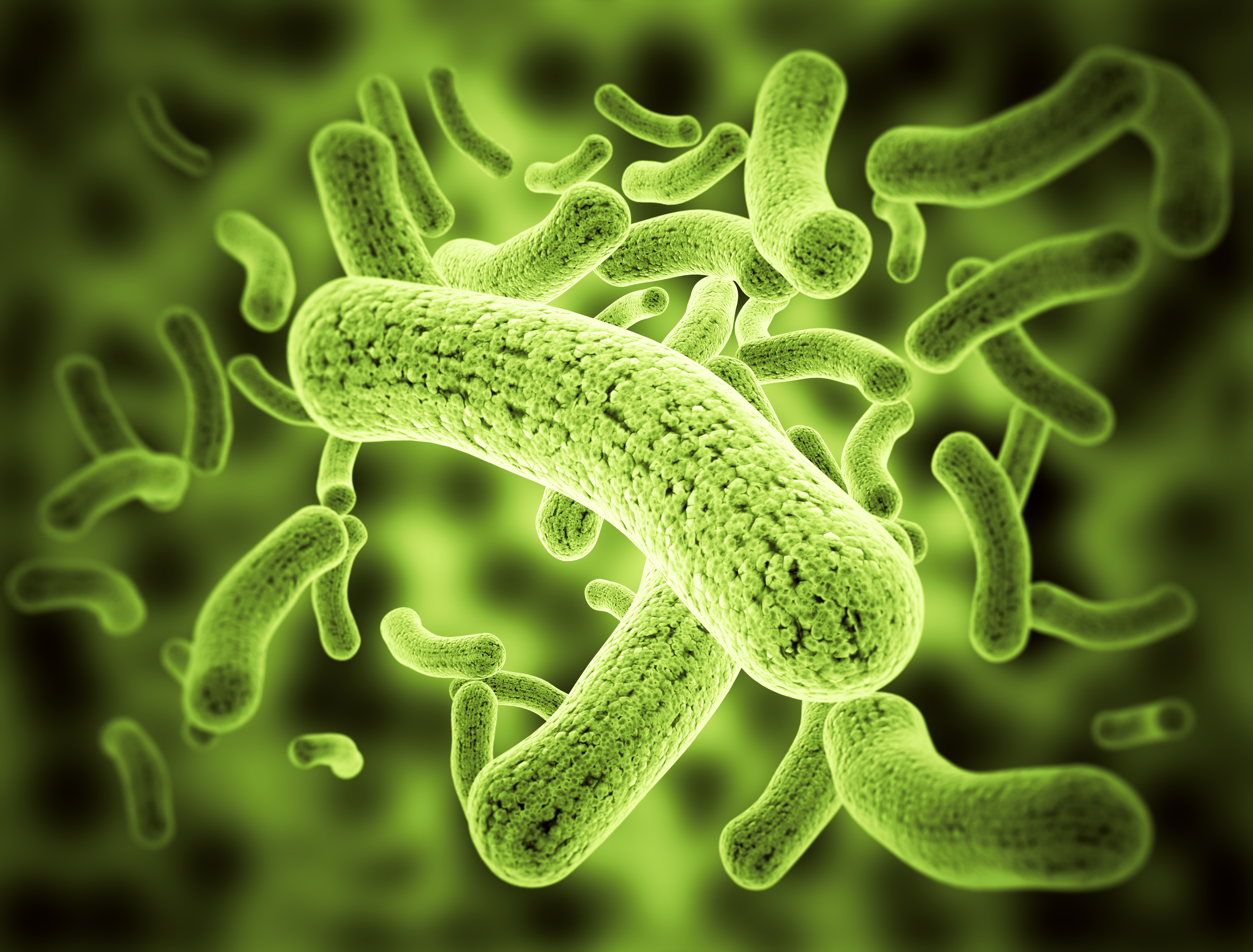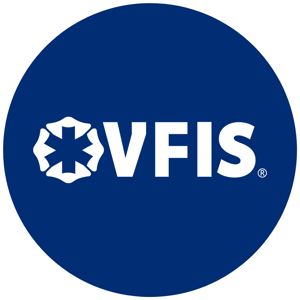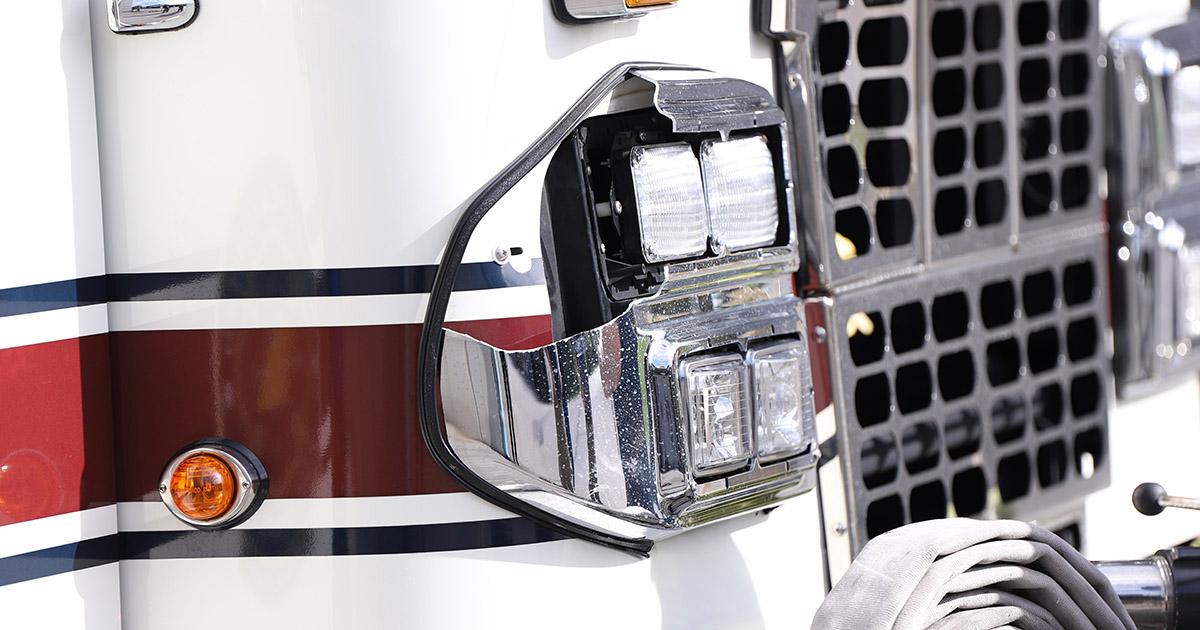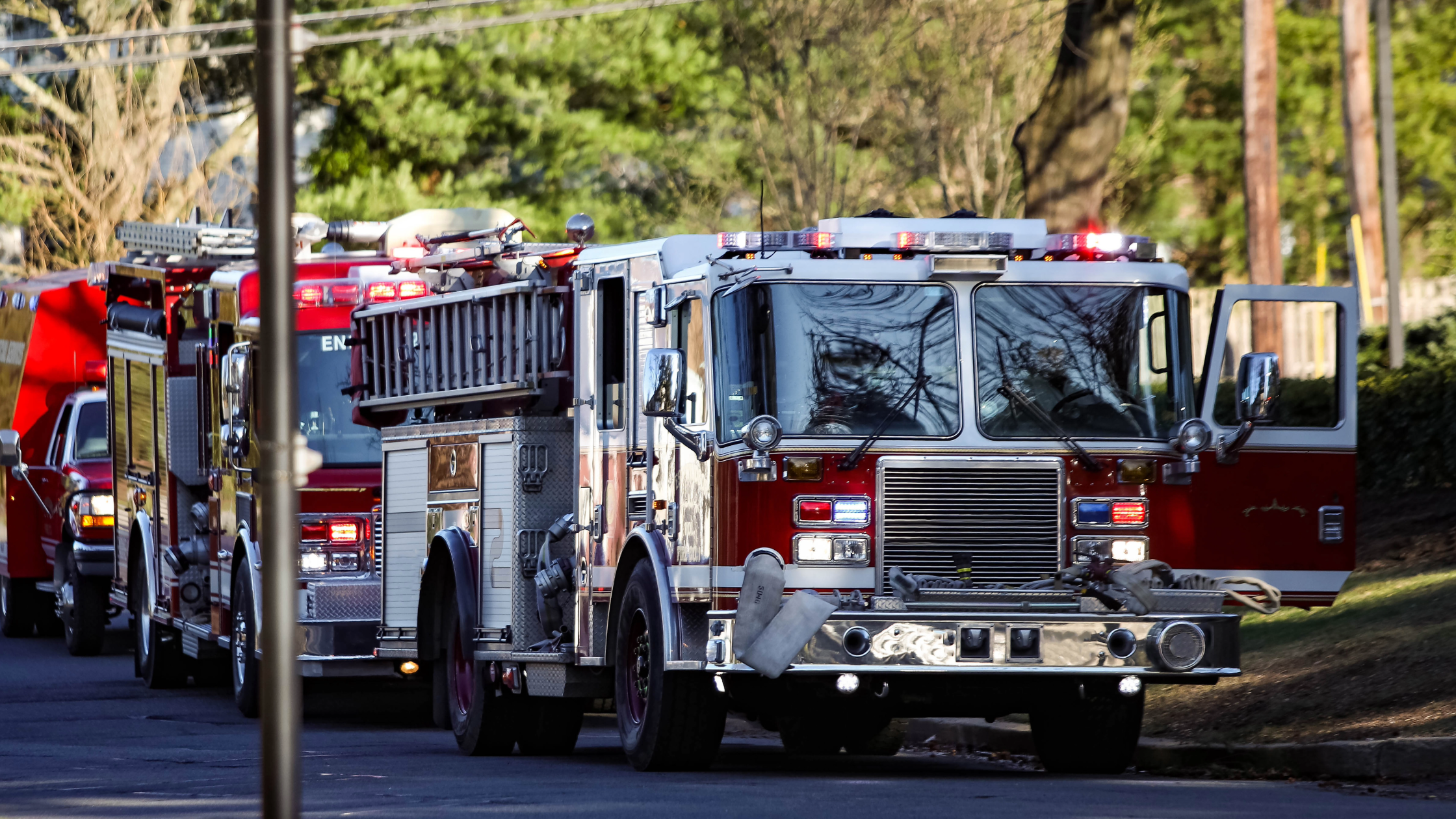An inside look at how EMS personnel are trying to avoid pathogens in an unprecedented time
The threats your team faces are forever changing—some of which you never see coming. That’s why it’s imperative for your team to stay up-to-date on the latest recommendations for EMS personnel, talk about the risks and best practices, and develop SOGs and SOPs for each potential threat your team faces.
Let’s talk about one of the most common invisible threats EMS personnel face: pathogens.
In EMS, we're concerned with two types of pathogens: bloodborne and airborne. According to the OSHA, bloodborne diseases are caused by pathogenic microorganisms that exist in blood and other body fluids, like Hepatitis B (HBV), Hepatitis C (HCV) and the Human Immunodeficiency Virus (HIV), whereas airborne pathogens are spread by tiny droplets when a person talks, breathes, coughs or sneezes and are then inhaled or absorbed by others, leading to illnesses like the flu.
The current climate has made us hyper-aware of pathogens right now, but regardless of the type of pathogen you are potentially exposed to, protecting your responders begins by taking an integrated approach with your local agencies.
As described by the EMS Infectious Disease Playbook, taking an integrated approach starts with the caller and dispatcher. Dispatchers should ask routine screening questions, as well as any questions that apply to their local area or current events to help identify any possible infections. Dispatchers should then use that information to give both the caller and emergency responders appropriate instructions to help keep everyone safe.
Next, EMS personnel should use the dispatcher’s instructions and take all appropriate precautions—but it’s important to always be vigilant because (as you know) it’s possible that the dispatcher wasn’t given all of the information. This includes using the correct personal protective equipment (PPE) during response, care and transportation, taking the proper hygiene and decontamination steps, and limiting the amount of team members that could be potentially exposed to the pathogen.
But as we stated earlier—and we’ve all experienced—sometimes new threats arrive. And with new threats comes new protocol, or even a new way of life.
Here’s a closer look at how one agency has taken steps to make change.
We talked to Paul Jakuboski, General Manager at Exceptional Medical Transportation in New Jersey, to discuss what changes his agency has recently made to help better protect their crew from pathogens as part of their response preparations in 2020.
It’s important to always take a proactive approach to safety and look for ways to help mitigate your risks—and that’s just what Jakuboski did when he saw that a new threat was sweeping the globe and knew it could be hitting close to home soon. He started by securing a reliable supplier and stocking up on his team’s tried-and-true PPE items (like masks and Tyvek suits). And as new information came to light, he went on to purchase additional items for his team.
Here are some new products that Exceptional Medical Transportation recently purchased to help better protect their crew:
- After one of their personnel saw a local hospital employee using an Envo mask, they looked into reusable N95 respirator masks and decided to issue each of their employees their own and provide replacement filters and straps as needed.
- Having already had a Lumin UVC sanitizing system at home, Jakuboski was aware of the advantages of the product and ordered two systems for each office. You simply put your items in the chamber, press a button, wait a few minutes and they’re sanitized using UV technology. Their agency uses the systems to enable team members to sanitize their masks, keys, radios and phones—as well as anything else that fits in the chamber—at the beginning and end of each shift.
- They also purchased multiple Lantern UV Disinfection Systems for their offices and receiving ambulances. This uses a similar process to the Lumin system, but the light from the lantern can disinfect larger areas and it’s portable—making it a great option for disinfecting all of the areas of an emergency vehicle that may have been contaminated.
- As recommended by the EPA, the crew uses a “List N” broad-spectrum disinfectant. They apply the product utilizing a professional cordless electrostatic sprayer—which has a “wrapping-like” feature that can get all sides of an object (think about a coffee cup, the sprayer uses a misting system that allows you to get all of the sides of the cup without having to rotate it).
- They installed 20 milliliter clear plastic panels in their wheelchair vans between the driver and the passenger—and positioned the wheelchairs in the back of the van to increase the distance between occupants.
It’s important to remember that your safety products are only as effective as you make them. Here are a few procedures that Exceptional Medical Transportation has implemented in conjunction with their new products:
- Each shift begins and ends with personnel cleaning the vehicles using Sani-Cloth AF3 wipes and ends by making sure the vehicles are completely decontaminated of pathogens with an intense cleaning process (utilizing products like the lantern) so the vehicles are ready for the next crew.
- Surgical masks are required during all vehicle rides for both EMS personnel and patients—and crew must use N95 mask during all patient contact.
Jakuboski doesn’t see this new protocol ending any time soon and rather looks at it as a new way of life. Most importantly, he says that safety is—and always will be—a core value for their organization and that means doing whatever it takes to help keep their team safe.
Tell us: what procedures has your EMS team recently implemented? What’s working and what’s not? We’d love to hear! And special thanks to Paul for taking the time to share his team’s best practices with us!
DISCLAIMER
The information contained in this blog post is intended for educational purposes only and is not intended to replace expert advice in connection with the topics presented. Glatfelter specifically disclaims any liability for any act or omission by any person or entity in connection with the preparation, use or implementation of plans, principles, concepts or information contained in this publication.
Glatfelter does not make any representation or warranty, expressed or implied, with respect to the results obtained by the use, adherence or implementation of the material contained in this publication. The implementation of the plans, principles, concepts or materials contained in this publication is not a guarantee that you will achieve a certain desired result. It is strongly recommended that you consult with a professional advisor, architect or other expert prior to the implementation of plans, principles, concepts or materials contained in this publication.
This blog post may contain the content of third parties and links to third party websites. Third party content and websites are owned and operated by an independent party over which Glatfelter has no control. Glatfelter makes no representation, warranty, or guarantee as to the accuracy, completeness, timeliness or reliability of any third party content. References to third party services, processes, products, or other information does not constitute or imply any endorsement, sponsorship or recommendation by Glatfelter, unless expressly stated otherwise.
Related posts
We asked 10 members of our VFIS Team to name one auto-related risk that they believe is underdiscussed in fire and EMS agencies. Here’s what they said.
Most volunteer fire departments rely heavily on POVs, but there are inherent risks you should know.
Establish a Emergency Vehicle Operations Program that includes driver/operator requirements to help ensure your vehicles are in the right hands.










Submit a Comment